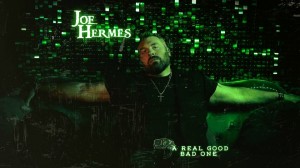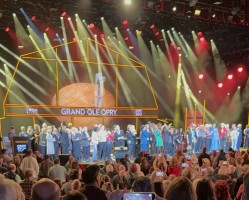Time present and time past
Are both perhaps present in time future
And time future contained in time past.
If all time is eternally present
All time is unredeemable.
What might have been is an abstraction
Remaining a perpetual possibility
Only in a world of speculation.
What might have been and what has been
Point to one end, which is always present.
Footfalls echo in the memory
Down the passage which we did not take.
Towards the door we never opened
Into the rose-garden. My words echo
Thus, in your mind.
But to what purpose
Disturbing the dust on a bowl of rose-leaves
I do not know.
Other echoes
Inhabit the garden. Shall we follow?
Quick, said the bird, find them, find them
Round the corner. Through the first gate,
Into our first world, shall we follow
The deception of the thrush? Into our first world.
There they were, dignified, invisible,
Moving without pressure, over the dead leaves,
In the autumn heat, through the vibrant air,
And the bird called, in response to
The unheard music hidden in the shrubbery,
And the unseen eyebeam crossed, for the roses
Had the look of flowers that are looked at.
There they were as our guests, accepted and accepting.
So we moved, and they, in formal pattern
Along the empty alley, into the box circle,
To look down into the drained pool,
Dry the pool, dry concrete, brown edged,
And the pool was filled with water out of sunlight,
And the lotus rose, quietly, quietly,
The surface glittered out of heart of light
And they were behind us, reflected in the pool
Then a cloud passed, and the pool was empty.
Go, said the bird, for the leaves were full of children
Hidden excitedly, containing laughter
Go, go, go, said the bird: human kind
Cannot bear very much reality.
Time past and time future
What might have been and what has been
Point to one end, which is always present.
T.S Eliot
In the first lines of T.S. Eliot’s “Burnt Norton” he offers us the idea that “time present and time past are both present in time future”. It does make sense – that the whole sequence of time and life rolls up, like yarn, into an ultimate ball. Maybe time future is contained in time past. Maybe the ball of yarn might be back at the beginning, or the past as we call it, and time as we know it, is the strand of yarn being pulled out into a long length, so that the future of what will be is somehow already there at the beginning, designed and “in the cards” so to speak.
As mortals, we don’t “cotton” to the idea of time simply evaporating things. Our memory, if nothing else, won’t leave things alone. It keeps presenting our past to us, plucking at our sleeve, with inconsolable yearning. And the present – well, it’s that perfect moment of magic we want to keep and package, inviolate forever.
But maybe, just maybe everything that might have been and has been, undergirds this moment and everything that will be proceeds from it, pointing to an end that is alwayspresent – and nothing is lost. And perhaps all the parts depend on the other parts and give meaning to each other, as a pattern that is unfolding, where all the parts both depend on all the other parts as well as give meaning to the other parts.
And perhaps the past is the sweet fragrance wafting from the bowl of dried rose-leaves, and the present is the voice of the holy in every living thing, revealing a future – that is already here.
As winter begins to give way to spring, our souls may experience a nostalgia of the changing seasons as well as an anxiety of time moving along. And as I see the beautiful daffodils courageously forging their way out of the cold, wet ground in response to the call of the sun, I sense, not only their compulsion, but also their commitment to blossom and to be – regardless of obstacles that try to deter them from responding to life and love, or keep them from accepting their holy place in the world – at their coronation.
For years, I have cherished T.S Eliot’s Four Quartets, as most meaningful. The explanation following the poem, is an adaptation from author and professor, Thomas Howard, whose perspective brings us not only insights to the complexities of the poem, but also helps us to see into the poet’s intentions.
I hope you find it as meaningful as well.
For the Support of Your Life
For the Many Sides of Life
Paulette Jackson LPC-MHSP













